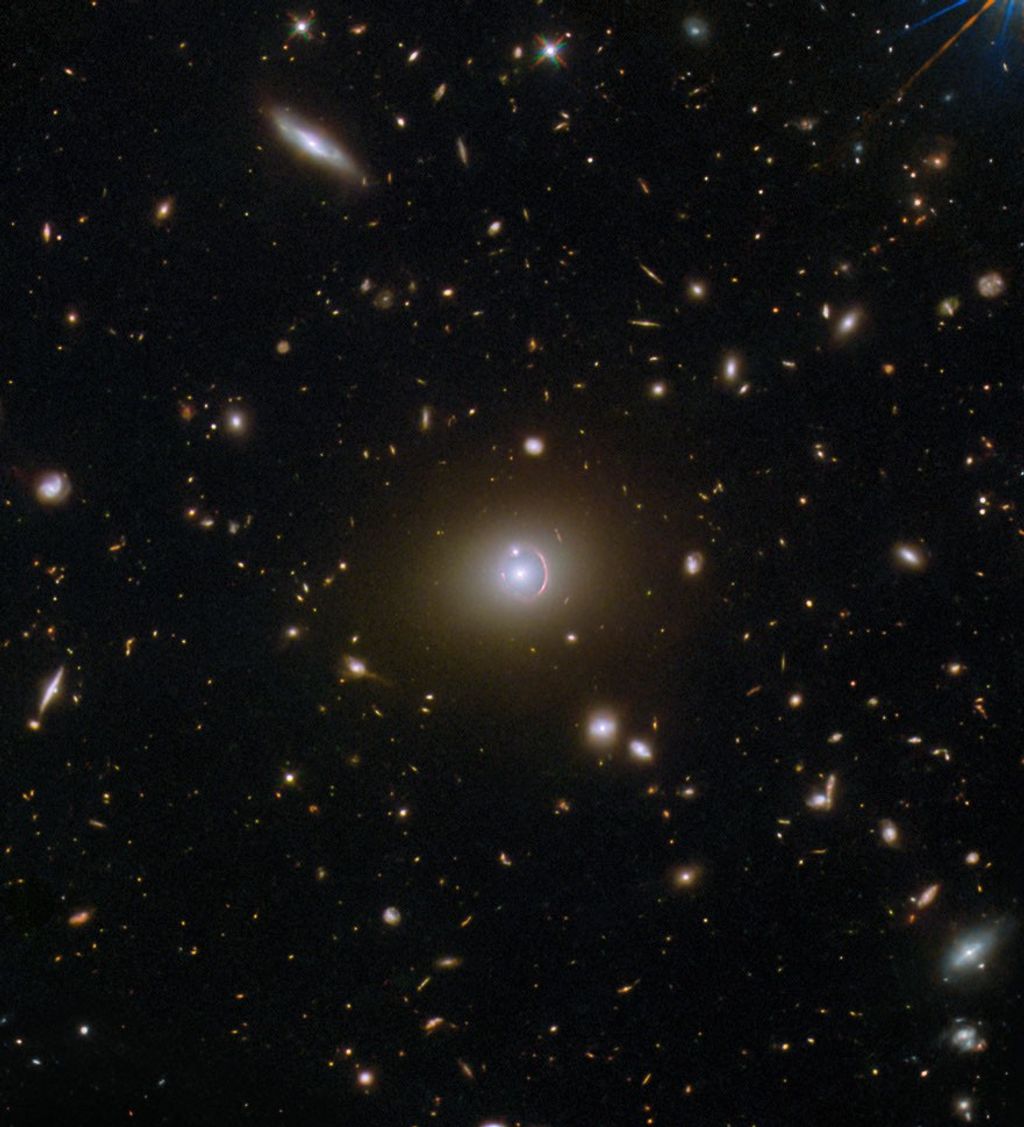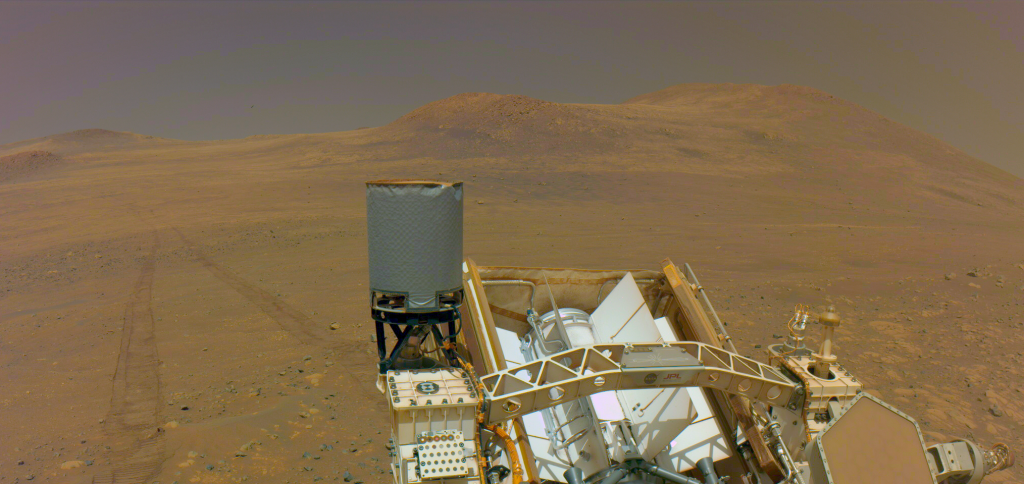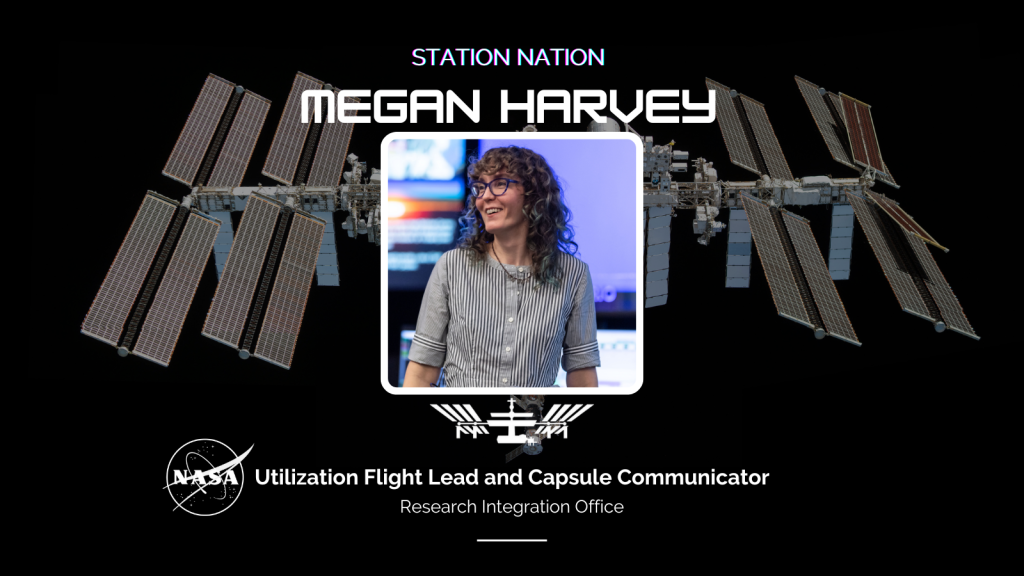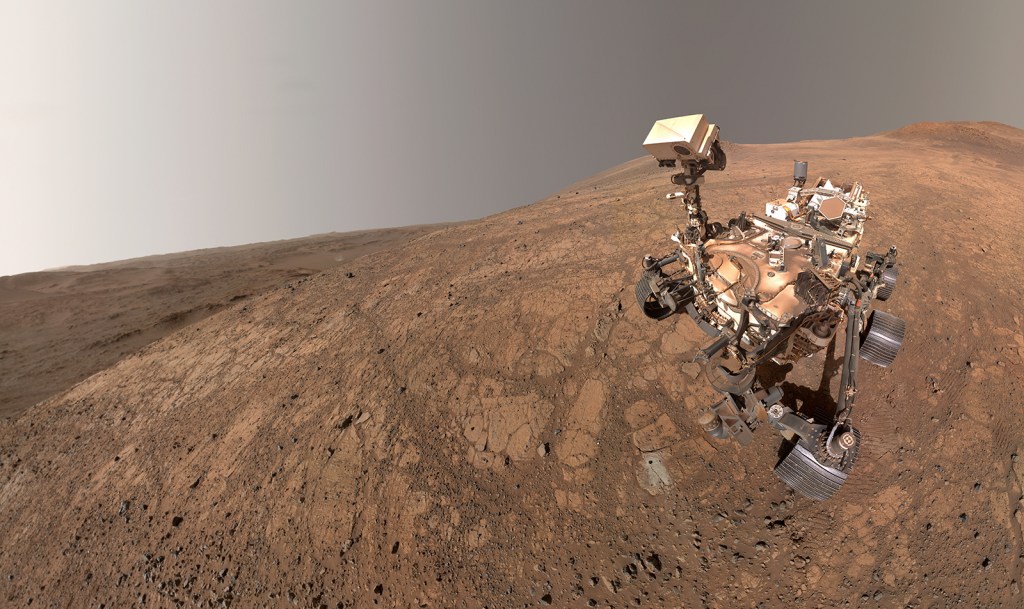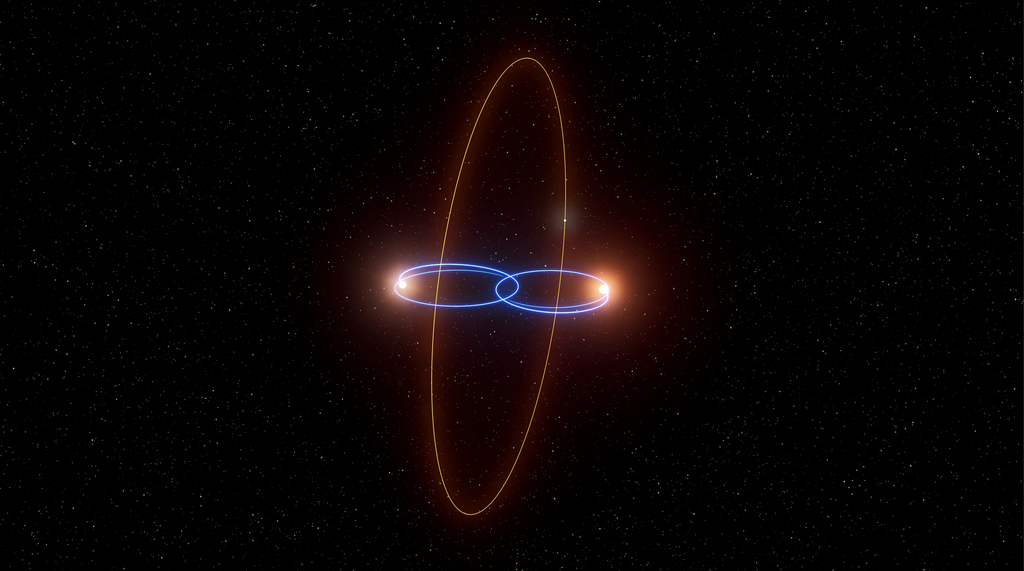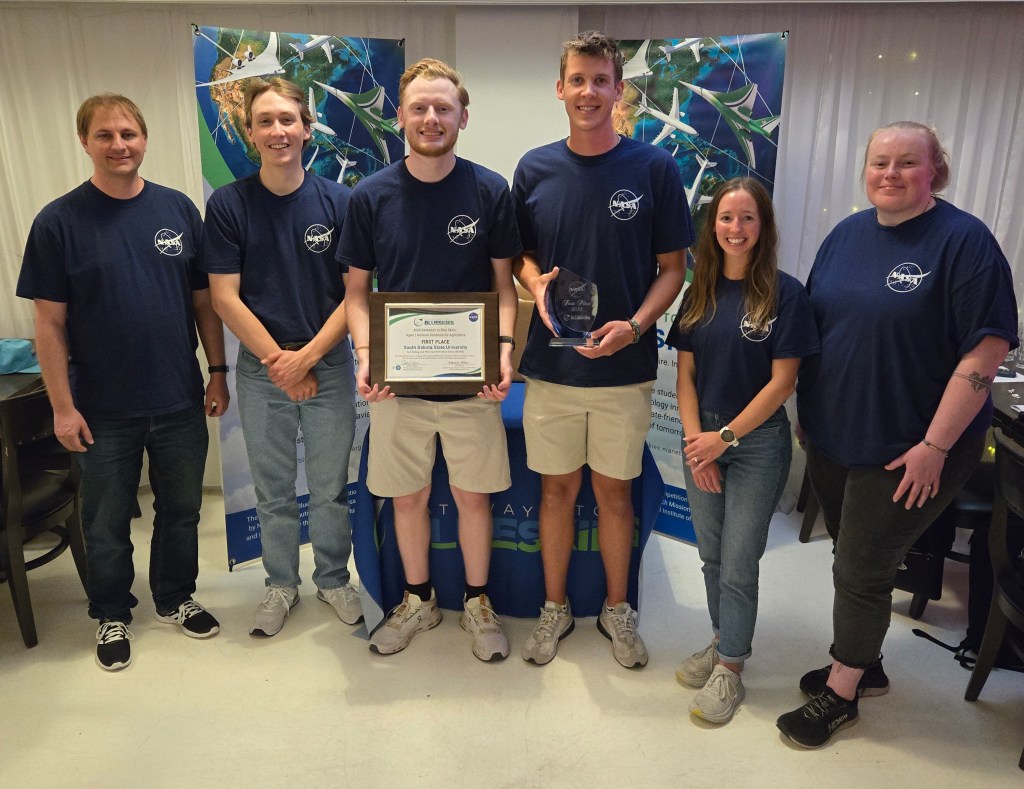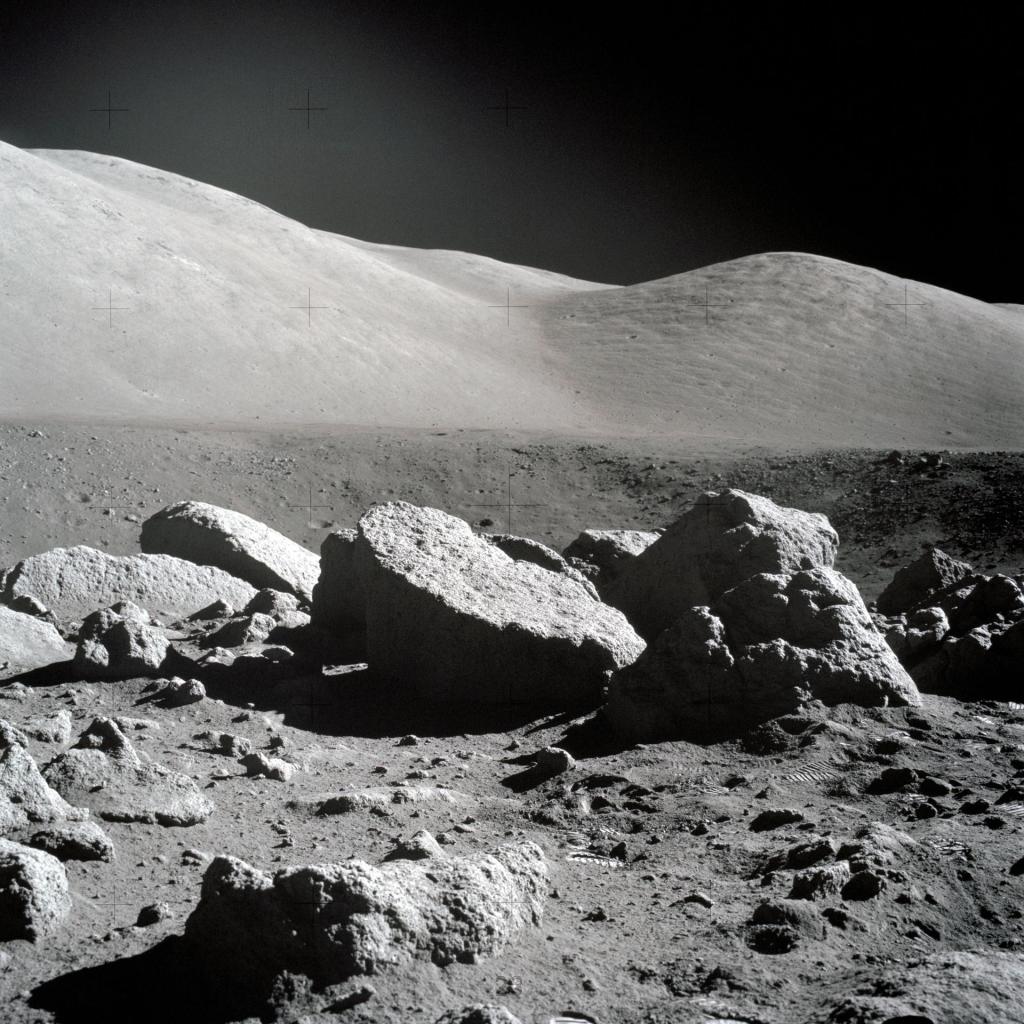
Audience
Educators, Students
Grade Levels
Grades 5-8
Subject
Physical Science, Flight and Aeronautics
Type
Educator Guides, Hands-on Activities
High-Flying Peeps: Designing a Pressure Suit
High-Flying Peeps: Designing a Pressure suit includes three activities that help students understand what happens to the human body in a reduced-pressure and/or near vacuum environment. The first two demonstrations simulate the effects of pressure (or lack of pressure) on the human body, lungs, and the water in our bodies using marshmallows or marshmallow Peeps, balloons, and bottled water. In the third hands-on activity, teams of students will design and build a pressure suit to protect their “pilot” while in a vacuum chamber that simulates a high-altitude environment.
High Flying Peeps: Designing a Pressure Activity
Materials:
- Large marshmallows or marshmallow Peeps (Peeps make a much more dramatic demonstration)
- Small balloons
- Plastic bottle of water
- Various materials for students to develop a pressure suit for their marshmallows (items could include tape, latex or
nitrile gloves, and small plastic containers or water bottles) - Student worksheets
- Vacuum pump and bell jar (see safety notes below)
Note: There are several alternatives to using a more-expensive vacuum pump for this activity. Science supply companies also sell less-expensive vacuum pump options such as hand-operated vacuum pumps and micro-scale bell jar and vacuum sets. Both options create a partial vacuum environment, which would be suitable for this experiment. Alternatively, you could use a food sealer with a plastic container attachment instead of the more- expensive vacuum pump.
Important Safety Notes:
- For safety considerations, we recommend using a Nalgene bell jar instead of a glass bell jar.
- If you have never used a vacuum pump and chamber before, use caution when placing objects in the vacuum chamber. Objects can break when exposed to vacuum conditions, potentially damaging the chamber in the process. Always check to make sure the chamber is in good condition (no cracks or signs of excessive wear), that seals and gaskets are clean, and that you know how to properly use it. When you re-pressurize the chamber following an activity, items in the chamber will not stay where they are when air floods back in (for example, the marshmallows or Peeps may bounce around inside the chamber), so use care. Also take into consideration that many of your students’ pressure suit designs for activity three may not hold up in a vacuum chamber, so be aware of what materials they are using for their suits.
- Following this activity, particularly if testing multiple Peeps, the vacuum pump oil will most likely be dirty from the sugar coating of the Peep. Pump oil should be changed at the conclusion of this activity to extend the life of the vacuum pump.
- As a component of good safety practices, advise students that they should never eat their experiments, even if the materials are candy.
Extension/Modification Ideas:
- Students can personalize their Peeps by naming them, drawing on them, etc. If they use marshmallows rather than Peeps, they can draw a face on their marshmallow.
- You can place a cup of water in the vacuum chamber to demonstrate how it can boil when the pressure is lowered, even though the temperature does not change much.
- This activity can also be used to simulate the environment astronauts experience in the vacuum of space.

